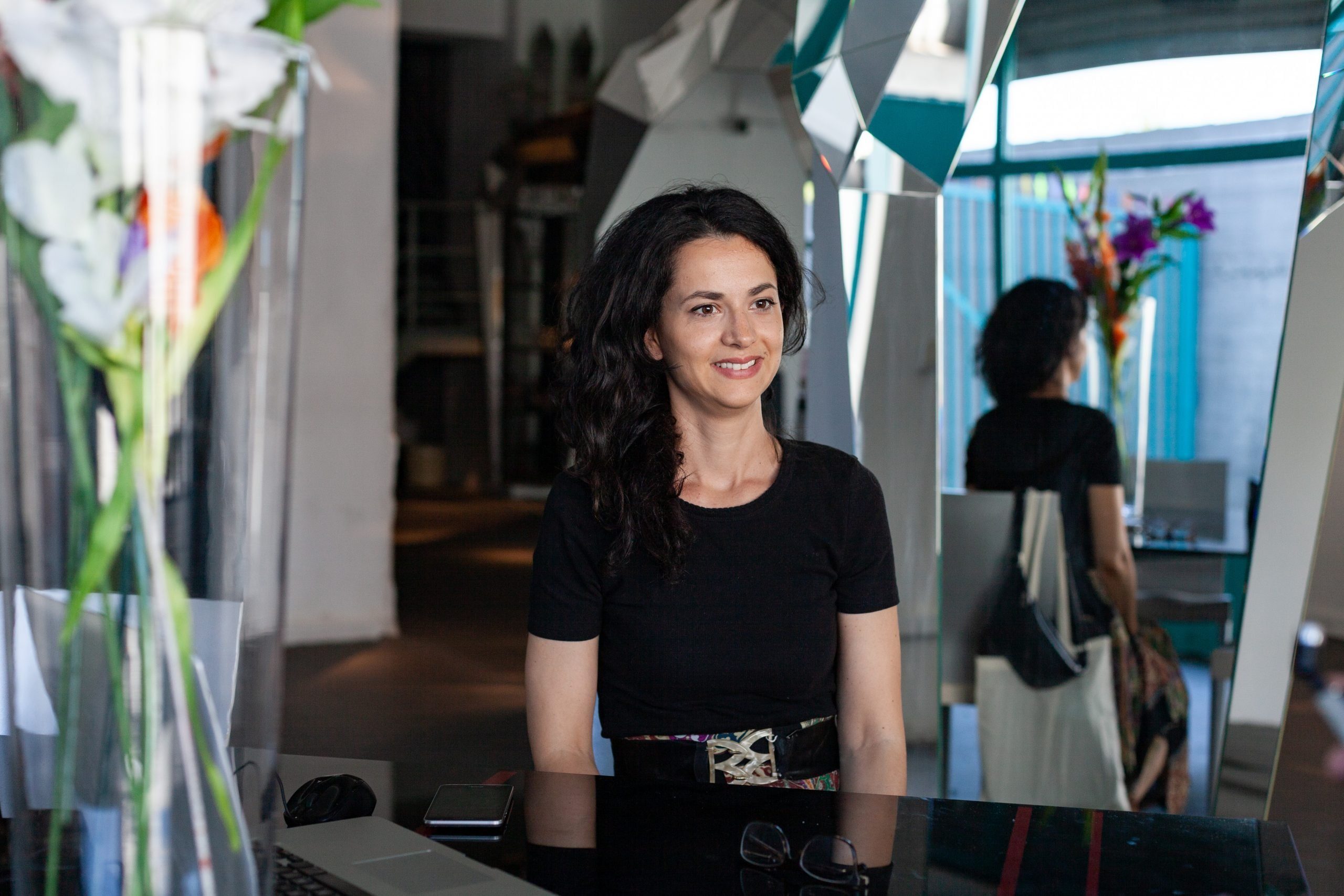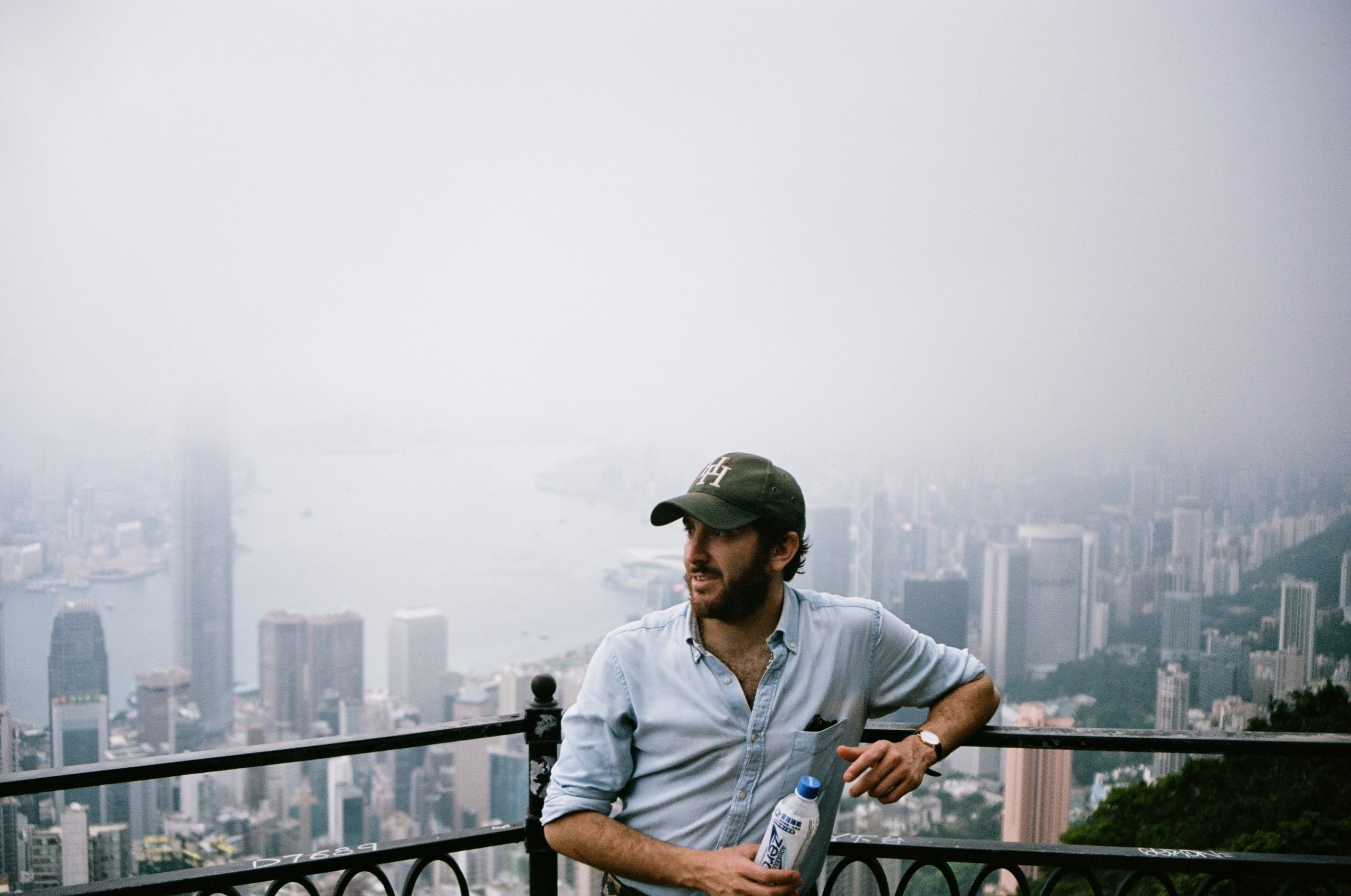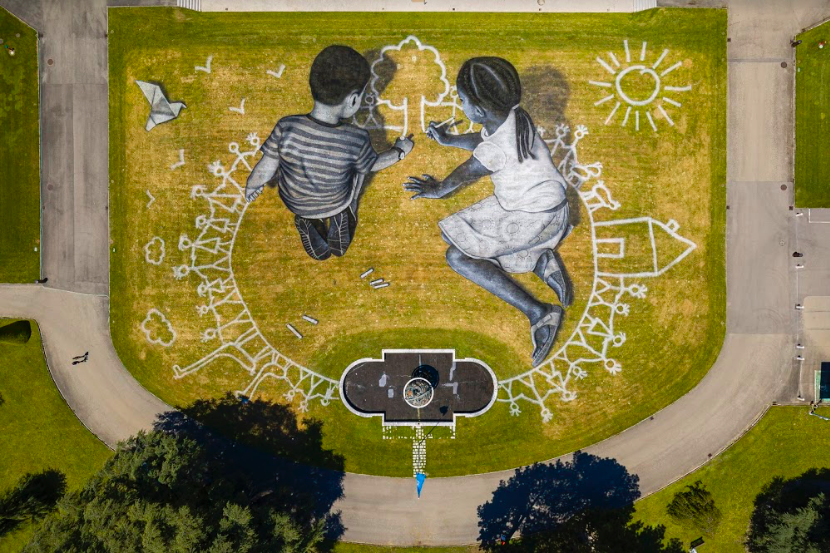In Spain, a new generation is ready to give a fresh impulse to the local art scene.
by Ludovica Cadario

In Spain, a new generation is ready to give a fresh impulse to the local art scene. The interview series by Ludovica Cadario, MTArt Madrid Office Director, shows the initiatives and experiences that are raising to bring people close to art and collecting.
Spanish collectors are more traditional than in some other countries in Europe. To give an example, statistics show that the majority are men over 60s. Despite this, as director of the MTArt Agency Madrid office, I can feel new energy coming from the new generations of art lovers. So, I launched a series of interviews with key people who approach art and collecting in an innovative way.
I start with the young Spanish collector, Victorino Rosón Diez-Feijóo. He represents a new generation of collectors. The son of one of the top Spanish collectors, he recently founded the Colección Aldebarán, and he aims to continue his father’s path, inspiring future generations through art by breaking the rules of a traditional model.

Please tell us a little about yourself. Where do you come from and what are your academic and professional backgrounds, and your interests.
I was born in Madrid. I studied in Spain and in the UK (The Oratory School) and graduated from the University of Navarra in 2014. My professional career has so far been related to the investment banking and private equity sectors. Since I started university, I have been lucky enough to work in Boston, Madrid and New York. During this past year, I focused on launching two projects I’ve been thinking about for quite a while, which are two startups. Oktopus, a digital marketing company, and Picabias Art Club, an art events company based in Madrid with the aim to go beyond the traditional concept of art events.
In the art field, I focus on learning and meeting new artists, as well as art spaces, museums and cultural institutions around the world. This helps me to contribute to the development of my private project, the Colección Aldebarán, one of the essential pillars of my father’s art legacy.
For example, on my last trip to Mexico in February 2020, during the art fair MACO (Mexico Arte Contemporaneo), I had the opportunity to visit Panik. It is a contemporary art production space in the La Condesa neighbourhood of Mexico City that produces the work of renowned artists such as Carlos Amorales.
When did you start collecting and why? What role did your father, the collector Victorino Rosón, play in all this?
My interest in art has been increasing gradually in the past years. I’ve indeed been lucky enough to have it always at home. However, this passion has been growing in recent years since managing the collection became a personal responsibility after the death of my father, one of the significant figures of collecting in Spain.
I feel a special admiration for the way my father created his collection, the fascination with which he spoke about each of the artworks that it consisted of, and the joy with which he lived to see the artists he was supporting become renowned artists. I firmly believe that I intend to live art as my father did, with real fascination.
During the last five years, I have focused on understanding the passion with which my father gradually built up the Victorino Rosón Collection, a task which has resulted in the creation of an artistic legacy on an international level. It saddens me that I had not been interested in art before. I know that I would have learned a lot by his side.
What are your favourite places to discover new artists? What do you consider when acquiring an artwork?
Maybe the fairs and all that happens while they take place. In 2019 I had the great opportunity to attend art fairs in Basel, Hong Kong, London, Madrid, Miami, New York and Paris. In my opinion, art fairs are not just physical spaces where many art galleries come together. During an art week, people have the unique chance to visit artist studios, institutions or private collections, as well as attend talks, dinners, etc. I believe that these are such great opportunities to learn and meet artists. It’s like going to university!
This year, for example, during ARCO, I had the honour to visit Nave Oporto and Mala Fama Estudios in Madrid, two artist-run spaces where talented artists come together sharing the space for their studios.
Before including a new artwork in the collection, I try to be very analytical, and of course, to continue the discourse of the collection. From my father, I learnt not to be impulsive. He advised me that before acquiring an artwork, you must understand and study both the artwork and its creator deeply.
When you purchased your first piece, what emotions did you feel?
I bought my first artwork on the secondary market with my first salary when I was working as an intern in a bank in Madrid. The price was not high at all, but it was tough to come to a decision. Despite the enthusiasm I had for the artwork at the very first moment, I remembered my father’s advice, and I decided to learn more about the artist: his career, his technique and his discourse. It was almost seven years ago…
In Spain, statistics show that collectors are more traditional than in some other countries in Europe. In your experience, which are the main challenges your generation in Spain faces to approach collecting?
Indeed. Sadly, in Spain, the culture of patronage is fragile. I don’t know if I can adequately answer this question. We are a step behind countries like France or England where, most often, young people are more interested or at least more curious about contemporary art. It may be a simple educational issue.
Today, for young people, financial resources are usually limited. So, if you are young and you decide to acquire artwork, you will only be able to invest in young artists. It is not a bad idea at all if you consider that the brilliant Henry Kahnweiler, at the beginning of the 20th century with a limited budget, decided to acquire works from geniuses such as Braque, Cézanne, Monet, Picasso, Renoir or Vlaminck.
Last but not least, what is deterring collecting in Spain is taxation for art. I think that it is crazy, paying 21% in taxes when you buy a painting or a sculpture through an art gallery.
In your opinion, which would be the key to attracting young Spanish people to collecting?
That’s a tough question. Madrid has excellent cultural spaces in line with today’s cultural needs, such as the Reina Sofía Museum, Matadero, Tabacalera and La Casa Encendida. However, today we must attract the younger public, teaching them to appreciate and understand art, and, most importantly, change the current belief that art can only be collected if you have unlimited financial resources. In general, young people don’t feel comfortable entering into art galleries.
Through the recently founded Colección Aldebarán, one of the initiatives I would like to develop is to bring art closer to the young public, promoting cultural initiatives in line with the current times. Who knows, maybe this way I will succeed to awaken the interest of future young collectors!
Lastly, in your opinion, why MTArt Agency’s model is attractive for the current times? Which of our artists love you most and why?
The traditional gallery model urgently needs to evolve and to fit the current times. A gallerist would pay a million dollars to know how to do it successfully. That’s why business models like MTArt Agency are incredible. You manage to boost talented artists close to becoming mid-career, helping them to grow and position themselves.
I love Land Art, and I would say that, among MTArt artists, Saype’s work and discourse have impressed me a lot. I find that the social impact of his practice, his well-defined message, and his strong vocation significantly contribute to the development of today’s society.

Also, the work of photographer Jennifer Abessira has come to my attention. She has a definite artistic conceptual discourse, and it is fascinating the way she wants her photographs to be active rather than reactive. Definitely, I will be closely monitoring the MTArt artists’ path.
by Ludovica Cadario
 Ludovica Cadario is a curator and head of MTArt Agency Spain. Ludovica studied Art History in Milan and Zurich. She worked for the Contemporary Art department of the Zurich University and has worked for international art fairs. For several years she has participated in cultural interactions between Italy, Spain and Switzerland.
Ludovica Cadario is a curator and head of MTArt Agency Spain. Ludovica studied Art History in Milan and Zurich. She worked for the Contemporary Art department of the Zurich University and has worked for international art fairs. For several years she has participated in cultural interactions between Italy, Spain and Switzerland.
